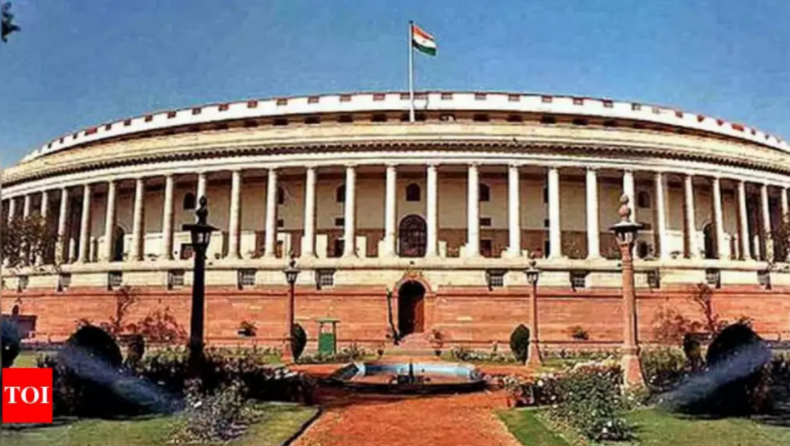After the president, the vice president is the second-highest elected official in India. The Vice President’s post in the nation is mandated by the constitution’s requirements in Article 63.In this article we going to cover various Political Aspects of India`s Vice President post.
The National Democratic Alliance (NDA) will run West Bengal Governor Jagdeep Dhankar for the vice-presidential election on August 6.

The name was chosen during the BJP’s parliamentary board meeting, which was held here on July 16 evening, and the announcement was made by JP Nadda, the party’s chief.
The notification for the vice president election was announced on July 5 by the Indian Election Commission. The deadline for submitting nominations is July 19. The election will take place on August 6. The term of office for current Vice President M. Venkaiah Naidu ends on August 10.
The authority and significance
After the President, the Vice President holds the highest office in India. The Vice President post in the nation is mandated by the Constitution’s provisions in Article 63.
The Vice President of India shall be elected in accordance with Article 63 of the Constitution and shall serve as the ex-officio Chairman of the Council of the States, which is the Rajya Sabha, in accordance with Article 64.
The Vice President of India shall be elected in accordance with Article 63 of the Constitution and shall serve as the ex-officio Chairman of the Council of the States, which is the Rajya Sabha, in accordance with Article 64.
From May 13, 1952, to May 12, 1962, Dr. Sarvepalli Radhakrishnan held the position of first vice president of India for ten years. Since August 11, 2017, M. Venkaiah Naidu, India’s thirteenth vice president, has held his present office.
According to Article 65, the Vice President takes over as President in the event that the President’s office becomes vacant due to a death, resignation, dismissal, or other event. This continues until a new President is elected.
Additionally, the Vice President will take over until the President is able to resume duties if the President is unable to do so due to absence, illness, or any other reason.
The Electoral college
Article 66 of the Constitution outlines the procedure for choosing the vice president.
The Vice President, who also serves as the chairman of the Rajya Sabha, is chosen by a secret ballot electoral college made up of representatives from both the Lok Sabha and the Rajya Sabha. In accordance with the proportional representation system, this election is being held.
The main distinction between the selection of the president and vice president is the makeup of the electoral college. The electoral college for the vice-presidential election is made up of representatives from both Houses of Congress who have been elected or nominated. The electoral college for the election of the president of India is made up only of elected members constitute the electoral college.
Additionally, the elected members of state legislative assemblies and union territories are not included in the electoral college for the vice president whereas they are in the electoral college for the presidential election.
As a result, there are 543 elected members of the Lok Sabha, 233 elected members of the Rajya Sabha, and 12 nominees for the Rajya Sabha, totaling 788 members in the electoral college for the vice president of India.
Eligibility
No one is eligible to serve as Vice President unless they are an Indian citizen, over the age of 35, and entitled to run for election to the Council of States.
“A person shall not be eligible for election as Vice-President if he holds any office of profit under the Government of India or the Government of any State or under any local or other authority subject to the control of any of the said Governments,” Article 66(4).
The Vice President may not be a member of either house of the legislature of any state or UT, nor of either house of parliament. The Vice President’s term in office begins on the day he takes up his position and lasts for five years.
The Vice President may resign to the President before the end of his term or, in accordance with the legislation, may be dismissed from office by a resolution of the Council of States voted by a majority of all the Council’s members present at the time and approved by the House of the People.













